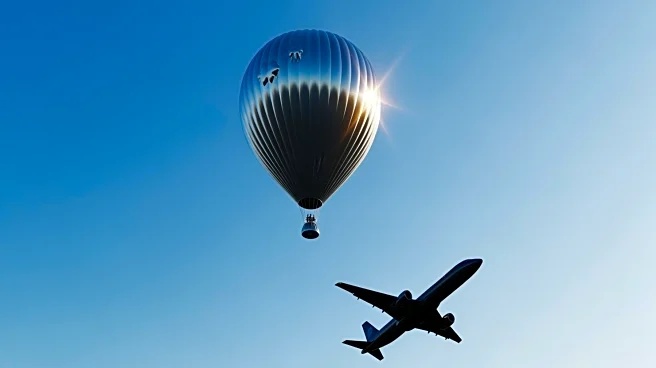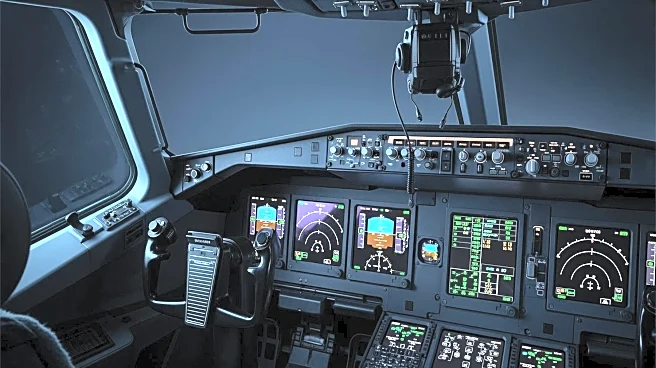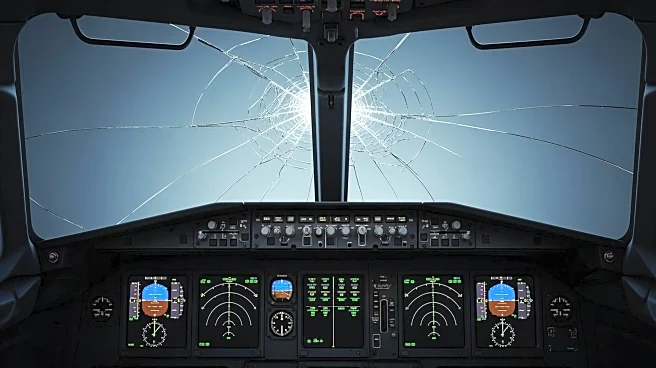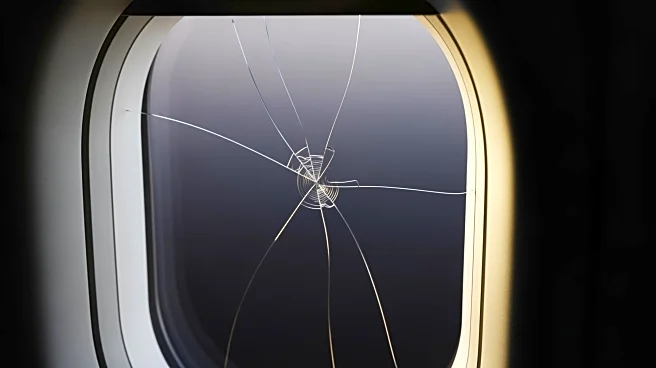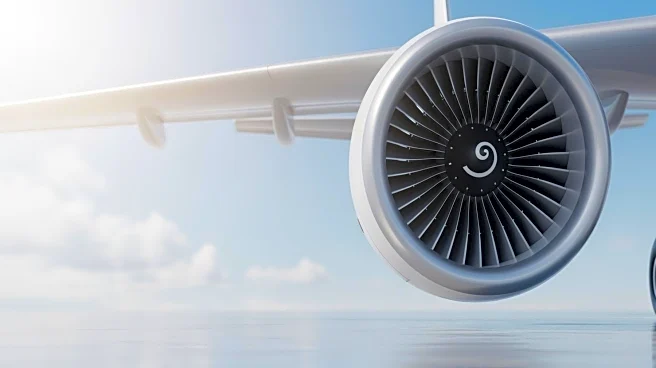What's Happening?
WindBorne Systems has announced that one of its high-altitude weather balloons was likely involved in an incident that damaged a United Airlines Boeing 737 MAX 8 aircraft. The aircraft was operating flight
UA1093 from Denver to Los Angeles on October 16, 2025, when it was struck by an unidentified object at an altitude of around 36,000 feet. The crew diverted to Salt Lake City, where the aircraft landed safely. Initial reports suggested the damage could have been caused by space debris or a meteorite, prompting investigations by the National Transportation Safety Board (NTSB) and Federal Aviation Administration (FAA). WindBorne's CEO stated that telemetry data indicated a possible intersection with the flight path, leading to the conclusion that a weather balloon was involved.
Why It's Important?
This incident highlights the potential risks posed by high-altitude weather balloons to commercial aviation. While WindBorne's balloons are designed to minimize risk, the collision underscores the need for improved safety measures and coordination between balloon operators and aviation authorities. The event has prompted WindBorne to implement software changes to reduce the time balloons spend at altitudes where commercial aircraft cruise, and to accelerate plans for integrating live flight-data avoidance systems. The incident may lead to increased scrutiny and regulatory changes concerning the operation of weather balloons, impacting both the aviation industry and companies involved in atmospheric research.
What's Next?
The NTSB and FAA are expected to continue their investigations to confirm the cause of the incident. WindBorne is working on operational and design changes to enhance safety, including new hardware designs to reduce impact force. The company is also coordinating with authorities to ensure compliance with safety regulations. The aviation industry may see increased collaboration with balloon operators to prevent future incidents, potentially leading to new guidelines or standards for high-altitude operations.
Beyond the Headlines
The incident may prompt broader discussions on the balance between scientific research and aviation safety. As atmospheric research becomes more prevalent, stakeholders may need to address ethical considerations regarding the deployment of research equipment in shared airspace. This could lead to innovations in technology and policy to ensure both scientific advancement and aviation safety.
